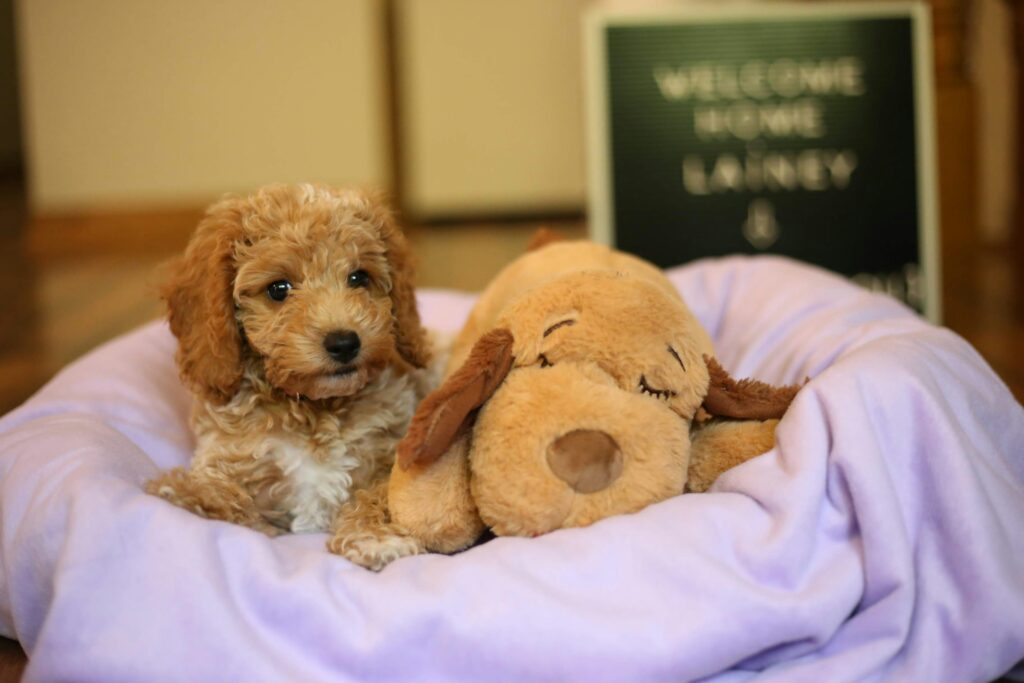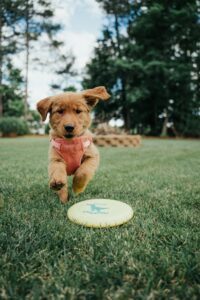The Power of Socialization: Building a Confident Dog
When you bring a new dog home, one of the most important investments you can make in their future happiness is socialization. A well-socialized dog is confident, calm, and adaptable — ready to handle whatever life throws their way.
Socialization isn’t just about meeting other dogs at the park. It’s about positive exposure — helping your pup experience a variety of people, sounds, environments, and sensations in a way that builds trust rather than fear.
Done correctly, it lays the foundation for a lifetime of confidence and good behavior.
1. What Is Socialization, Really?
Socialization is the process of gently and positively introducing your dog to the world around them — everything from people and animals to cars, doorbells, and vacuums.
When your dog learns early that these things are normal and safe, they’re less likely to react with fear or anxiety later on.
Ideally, socialization begins during the puppy window (between 3 and 14 weeks), but it’s never too late. Even older dogs can benefit from gradual, positive exposure experiences.
2. Why Socialization Matters
A well-socialized dog:
-
Handles new environments calmly
-
Gets along better with other dogs and people
-
Experiences less anxiety and stress
-
Is easier to train and take in public
-
Has fewer behavior problems like fear aggression or reactivity
Socialization builds resilience. It teaches your dog that the world is safe and that they can trust you to guide them through new experiences.
3. Start Slow and Keep It Positive
The golden rule of socialization? Never overwhelm your dog.
Introduce new things one at a time and keep sessions short and upbeat. If your dog shows signs of stress — like tucked tail, avoidance, or excessive yawning — back off, give them space, and try again later at a slower pace.
Use treats and praise generously to create positive associations. For example:
-
If your dog sees a loud truck and stays calm, reward them.
-
If they meet a new person and remain relaxed, give a treat.
Every positive experience builds confidence.
 4. Expose Them to a Variety of Experiences
4. Expose Them to a Variety of Experiences
Socialization should include a wide mix of everyday experiences:
People: Adults, kids, delivery drivers, people in hats, people using canes or wheelchairs.
Animals: Calm, well-behaved dogs; cats if possible; livestock if you live rurally.
Environments: Parks, sidewalks, parking lots, pet stores, elevators.
Sounds: Vacuum cleaners, doorbells, thunder recordings, traffic noises.
The goal isn’t just exposure — it’s positive exposure. Each introduction should feel safe, predictable, and rewarding.
5. Puppy Classes and Controlled Environments
Structured puppy classes are one of the best ways to socialize safely. They offer:
-
Controlled introductions to other dogs
-
Exposure to new settings and sounds
-
Basic obedience training
These classes build not just your dog’s social confidence, but also your own skills as a handler.
If you’re working with an older rescue dog, consider calm one-on-one walks with a friendly dog or small group outings with guidance from a trainer.
6. Avoid Common Mistakes
Even with the best intentions, some owners rush socialization. Here are a few pitfalls to avoid:
-
Forcing interactions: Let your dog approach new people or animals at their own pace.
-
Ignoring fear signals: Respect hesitation and offer distance if needed.
-
Skipping socialization altogether: “He’ll grow out of it” doesn’t work — fear can worsen without exposure.
Think of yourself as your dog’s emotional anchor — your calm presence helps them feel safe enough to explore.
 7. Keep Socialization Ongoing
7. Keep Socialization Ongoing
Socialization isn’t a one-time puppy project — it’s a lifelong process.
Continue exposing your dog to new things as they grow:
-
Take new walking routes
-
Visit different parks
-
Invite friends with dogs over
-
Practice calm greetings in public
The more experiences your dog has in a positive way, the more adaptable they’ll be in the long run.
Final Thoughts
A confident dog doesn’t just happen — they’re shaped by trust, patience, and exposure. Through thoughtful socialization, you’re teaching your dog how to navigate the world with curiosity rather than fear.
Every new sound, sight, and friend becomes another opportunity to learn that life is good and safe — especially when shared with you. 🐾



